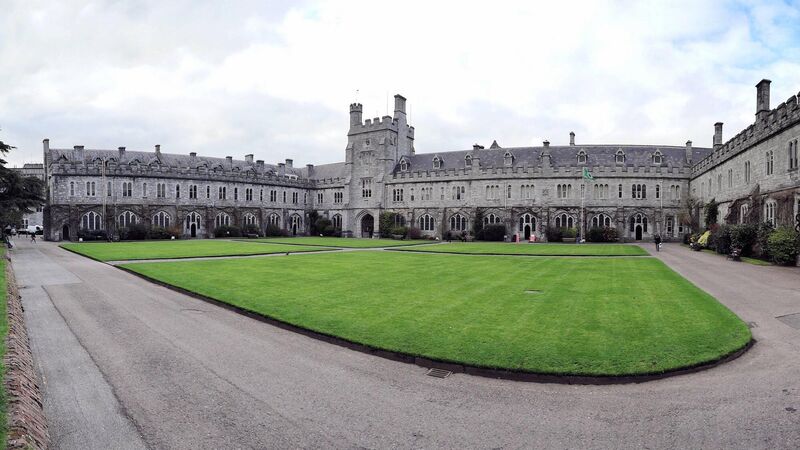UCC scientist studying neutron stars with Nasa data

UCC’s Dr Kennedy explained that these systems are binary star systems that contain a rapidly rotating neutron star that is slowly evaporating a nearby companion star.
A University College Cork (UCC) scientist is part of an international team of researchers that have used a NASA telescope to further our understanding of neutron stars.
Dr Mark Kennedy of UCC’s School of Physics is part of a team of scientists that have discovered the first gamma-ray eclipses from a special type of binary star system, known as a spider system, using data from NASA’s Fermi Gamma-ray Space Telescope.
This work by an international team, led by Dr Colin Clark, an astrophysicist at the Max Planck Institute for Gravitational Physics in Hannover, has opened up a new window into neutron star masses involving NASA's Fermi gamma-ray telescope.
UCC’s Dr Kennedy explained that these systems are binary star systems that contain a rapidly rotating neutron star that is slowly evaporating a nearby companion star.
“This window, which involves looking for a dip in the number of detectable gamma-rays emitted by the neutron star as a companion star passes between the neutron star and us, allows us to measure the mass of the neutron star independently of previous techniques.”
The most important result of this method is that it has led to a revision of the neutron star mass in the binary star system, PSR B1957+20 (B1957).
“Previously thought to contain a neutron star with a record-breaking mass equal to 2.4 times that of the sun, we now know because of the gamma-ray data of B1957 that the actual mass is 1.8 times that of the sun,” Dr Kennedy added. “This reopens the question behind the maximum mass of neutron stars, and suggests significant work is required in the near future to explain why previous neutron star masses may have been so far off the mark.”







 App?
App?


